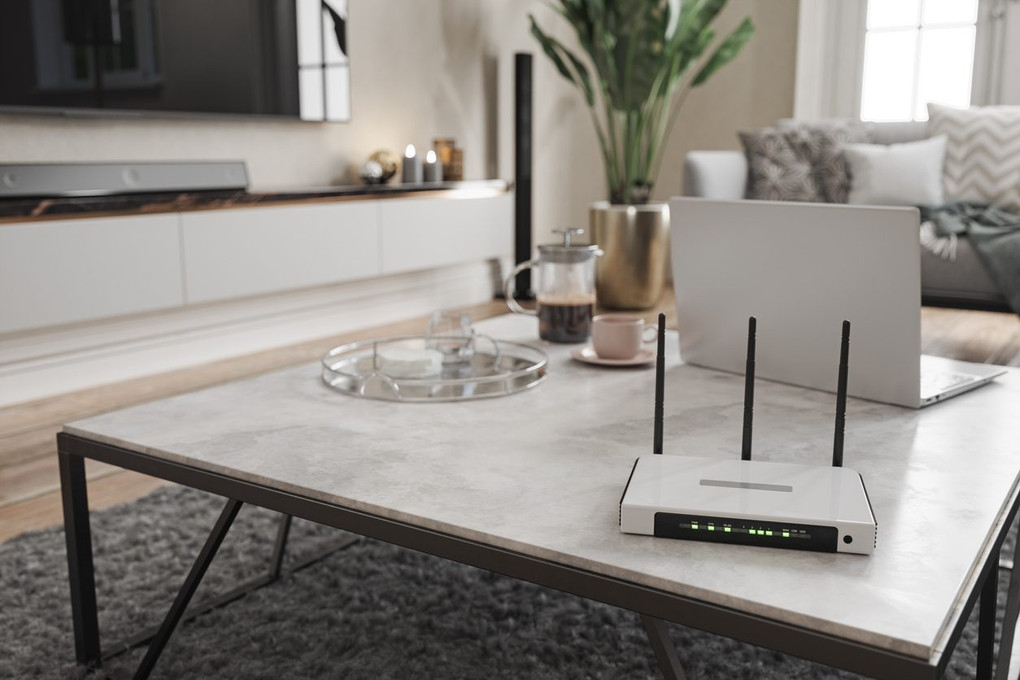
What Is Signal Booster Attenuation?
Posted by Dennis Findley on 7th Mar 2019
More power is not always better, at least not with signal boosters.
What is Attenuation?
Based on the cellular environment or the size of the building, the best performance from the signal booster may be achieved by lessening the power the booster is putting-out. This is called attenuation.
Adjusting attenuation is like fine-tuning the cell signal booster to add or remove power from the booster as a means of maximizing the coverage area. Too much power could cause oscillation between the indoor and outdoor antennas. Too little power could deliver a smaller coverage area than could otherwise be achieved.
Attenuation can also be useful for some businesses or residences who want to decrease the amount of signal that overflows beyond the walls of their building. It’s also a basic standard in signal booster set up to prevent overpowering and to manage antenna separation.
Many boosters have automatic gain control, or AGC, which uses software to automatically adjust the amount of power the system adds to the existing signal. Signal boosters with AGC work extremely well, but do not allow the customer to manually attenuate the system, which some customers prefer.
Manual attenuation can be created using dip-switches, which can simply be switched on or off to control the attenuation of each band supported within the booster. Manual attenuation can also come from other sources, which we’ll get into later in the post.
SureCall has signal boosters for large building applications that offer the customer either AGC equipped signal booster or one that gives them added control using DIP-switches.
How To Manually Attenuate a Signal Booster
On a SureCall booster like the Force5 2.0, there are dip-switches that control the uplink and the downlink separately. Uplink is what goes from the cell phone to the cell tower and downlink is what comes from the cell tower to the cell phone.
Related Post: How Cell Phone Signals Work
Attenuation can also be added in several different ways using inline attenuators, higher loss coax cables, or dials. Here’s how:
- Attenuators – Inline attenuators are a signal strength reduction tool that can be added to a cable-run to reduce the signal’s strength by 5dB, 10dB, or 20dB.
- Cable – When it comes to cable, we typically suggest using the lowest loss cable to create the maximum signal, however, in some cases you may want to save the extra money and go with a low loss cable, like RG-6 or SC-240, rather than an ultra low-loss cable or plenum rated cable.
- Dials – Dials operate very similarly to dip-switches, however, rather than flipping switches On and Off you simply twist the dial.
Benefits of Signal Booster DIP-Switches
One of the advantages of having these dip-switches is the ability to attenuate one band without attenuating any of the other bands. This can help in issues such as maintaining indoor cellular coverage while remedying overpowering and inadequate separation.
On the front of a signal booster that's able to be manually attenuated you will see small groups of switches, called a dip-switch bank. For a 5-band signal booster, like Force5 2.0, you will see 5 dip-switch banks which give you the ability to attenuate each band individually.
Here is how the dip-switch bank lays out:
| Switch 1 | Switch 2 | Switch 3 | Switch 4 | Switch 5 |
In each dip-switch bank layout, here's how the dB gain would attenuate:
- Switch 1 (1dB) + Switch 2 (2dB) = 3dB attenuation
- Switch 1 (1dB) + Switch 2 (2dB) + Switch 3 (4dB) = 7dB attenuation
- Switch 1 (1dB) + Switch 2 (2dB) + Switch 3 (4dB) + Switch 4 (8dB) = 15dB attenuation
- Switch 1 (1dB) + Switch 2 (2dB) + Switch 3 (4dB) + Switch 4 (8dB) + Switch 5 (16dB) = 31dB attenuation
Final Thoughts
When you receive a signal booster from SureCall, any amplifier that comes equipped with automatic gain control will never require attenuation. On the other hand, when you use our free signal booster design service for a large application, we take antenna separation and attenuation into account during our design process.
If you have any additional questions about attenuation or would like the help from our customer service team, contact us at 1-888-365-6283 or at support@surecall.com. If you’re considering a signal booster, keep in mind that every SureCall signal booster comes with lifetime US-based tech support our industry-leading 3-year warranty on parts.
Get more information just like this:
[caption id="attachment_1087" align="alignleft" width="180"] Blog: How To Maintain Your Signal Booster[/caption] [caption id="attachment_1085" align="alignleft" width="180"]
Blog: How To Maintain Your Signal Booster[/caption] [caption id="attachment_1085" align="alignleft" width="180"] Blog: What is dB Gain?[/caption] [caption id="attachment_953" align="alignleft" width="180"]
Blog: What is dB Gain?[/caption] [caption id="attachment_953" align="alignleft" width="180"] Shop: Signal Boosters for Large Buildings[/caption]
Shop: Signal Boosters for Large Buildings[/caption]
